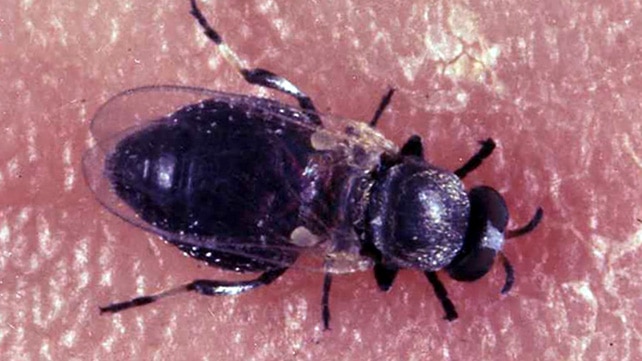Sukhna Wildlife Sanctuary Latest News
The Punjab government, in its affidavit submitted before the Supreme Court (SC) recently, stated that the Eco Sensitive Zone (ESZ) around the Sukhna Wildlife Sanctuary limit will remain at 100 meters for the Nayagaon municipal committee instead of 1 to 3 km.
About Sukhna Wildlife Sanctuary
- It is a protected area located in Chandigarh, near the famous Sukhna Lake at the foothills of the Shivalik range.
- The lake was created by the architect Le Corbusier in 1958 by diverting the Sukhna Choe, a seasonal stream that flows down from the Shivalik hills.
- The sanctuary was developed as a result of afforestation done for soil conservation around Sukhna Lake.
- Spreading over an area of 2600 hectares, Sukhna Wildlife Sanctuary was established in 1998.
- The place is quite unstable geographically and becomes prone to soil erosion by surface runoff during rains.
- It has sandy soil of Shivalik with pockets of clay embedded at places.
- Apart from the Sukhna Lake, there are around 150 small and large water bodies in the sanctuary that form its catchment area.
- Vegetation: It is characterized by a mix of forests, grasslands, and wetlands, with the Sukhna Lake forming an important part of the ecosystem.
- Flora: The common flora of the sanctuary includes Khair, Phulai, Kikar, Shisham, Moonj, Amaltas, Jhingan, Amla, Rati, Vasaka, and many more.
- Fauna:
- Squirrel, Common-Mongoose, Indian Hare, Porcupine, Jungle Cat, Jackal, Wild boar, etc, are the mammals found in the sanctuary.
- Peacock, Hill myna, Jungle crow, Black drongo, Parrots, Doves, and others are the common birds of this region. Migratory birds also flock around this place.
Sukhna Wildlife Sanctuary FAQs
Q1. In which state is the Sukhna Wildlife Sanctuary?
Ans. It is located in Chandigarh, which is a Union Territory and serves as the capital of both Punjab and Haryana
Q2. Sukhna Wildlife Sanctuary is situated near which famous lake?
Ans. Sukhna Lake
Q3. What type of soil is found in Sukhna Wildlife Sanctuary?
Ans. Sandy soil with clay pockets.
Source: HT
Last updated on November, 2025
→ Check out the latest UPSC Syllabus 2026 here.
→ Join Vajiram & Ravi’s Interview Guidance Programme for expert help to crack your final UPSC stage.
→ UPSC Mains Result 2025 is now out.
→ UPSC Notification 2026 is scheduled to be released on January 14, 2026.
→ UPSC Calendar 2026 is released on 15th May, 2025.
→ The UPSC Vacancy 2025 were released 1129, out of which 979 were for UPSC CSE and remaining 150 are for UPSC IFoS.
→ UPSC Prelims 2026 will be conducted on 24th May, 2026 & UPSC Mains 2026 will be conducted on 21st August 2026.
→ The UPSC Selection Process is of 3 stages-Prelims, Mains and Interview.
→ UPSC Result 2024 is released with latest UPSC Marksheet 2024. Check Now!
→ UPSC Prelims Result 2025 is out now for the CSE held on 25 May 2025.
→ UPSC Toppers List 2024 is released now. Shakti Dubey is UPSC AIR 1 2024 Topper.
→ UPSC Prelims Question Paper 2025 and Unofficial Prelims Answer Key 2025 are available now.
→ UPSC Mains Question Paper 2025 is out for Essay, GS 1, 2, 3 & GS 4.
→ UPSC Mains Indian Language Question Paper 2025 is now out.
→ UPSC Mains Optional Question Paper 2025 is now out.
→ Also check Best IAS Coaching in Delhi

















